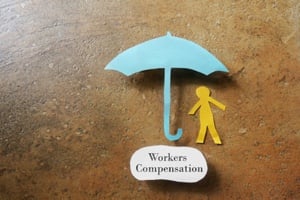 In Pennsylvania, most employers are required by law to have Workers Compensation (WC) insurance. According to the Department of Labor & Industry, “Employers who do not have workers' compensation coverage may be subject to lawsuits by employees and to criminal prosecution by the Commonwealth.”
In Pennsylvania, most employers are required by law to have Workers Compensation (WC) insurance. According to the Department of Labor & Industry, “Employers who do not have workers' compensation coverage may be subject to lawsuits by employees and to criminal prosecution by the Commonwealth.”
Workers compensation insurance is designed to protect both employees and employers. If an employee is injured on the job, WC helps pay for medical costs and lost wages. If an injured employee sues their employer, WC helps pay for legal fees and any resulting financial settlements.
The good news is that there are steps you can take to lower your WC premiums without losing the protection that it provides.
How is Your Workers Comp Insurance Premium Calculated?
There is a simple formula that determines how much you pay for WC. You can control some things within that formula, and others you can’t, so it’s important to understand the formula before you can understand how to lower your premium costs. Let’s take a look at the formula and break it down.
RATE X (PAYROLL/100) X EXPERIENCE MODIFIER = Premium
RATE
This is one of the parts of the formula that you have little control over. The RATE for each employee is based on his or her classification code. An employee’s WC classification is determined by what duties the employee performs or “the scope of work performed” and how dangerous his or her job is along with what state they work in. There are over 700 different classification codes.
If an employee is a tree trimmer, their classification code is 106 with a rate of $22.91 in Pennsylvania. An employee with a job that isn’t as hazardous and where he is less likely to incur an injury, such as a clerical office employee (classification code 8810) has a rate of $.34 in Pennsylvania. If you plug each of those numbers into the formula, you can see how different your premium rate will be.
The only thing you can do about the classification code is to make sure that every employee is classified correctly, so, for example, make sure that a clerical worker isn’t accidentally given a tree trimmer classification code. On the other hand, if you assign a clerical classification code to a tree trimmer, you could face a sizable additional premium at your year-end audit.
Assigning the correct classification code isn’t as easy as it sounds, and it’s where an experienced insurance agent who specializes in workers compensation is crucial.
PAYROLL
Your payroll is what it is, and there isn’t anything you can do about it in the WC premium calculation except to make sure that the projected payroll used in the formula is accurate. If you think it’s too high, don’t wait for an audit. Ask your insurer to adjust your payroll number.
EXPERIENCE MODIFIER
This is where you can really make a difference in your workers’ compensation insurance premiums. The experience modifier is a score your individual company receives based on your company’s loss history compared to the average for your industry.
A score of 1.00 is assigned if your loss history is average. If you’ve had a lot more injuries and WC claims than your industry average, your experience modifier will be higher than 1.00. If you have fewer injuries and claims, your score will be lower.
Try plugging different numbers into that formula, and again, you can see just how much your experience modifier score can affect the cost of your premium. If you can lower your modifier, you can reduce your premiums. The best way to do that is to create a safer working environment for your employees, so there are fewer injuries and fewer claims. This is the reason that we focus so much on safety in this blog.
We Specialize in Workers Comp Insurance, so Contact Us for Help
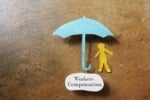 American Insuring Group specializes in Workers’ Compensation insurance, and our independent agents will make sure that you get the best possible price on quality workers comp insurance.
American Insuring Group specializes in Workers’ Compensation insurance, and our independent agents will make sure that you get the best possible price on quality workers comp insurance.
How? We diligently compare competing rates among many insurance carriers, and then come back to you with the best deal on the insurance that meets the unique needs of your business.
So call us today at (800) 947-1270 or (610) 775-3848 or connect with us online.



 As a commercial vehicle driver, you probably travel on unfamiliar roads quite often, and when you’re unfamiliar with the roads, you’re more likely to get lost – an unclear turn, an unexpected accident, bad visibility.
As a commercial vehicle driver, you probably travel on unfamiliar roads quite often, and when you’re unfamiliar with the roads, you’re more likely to get lost – an unclear turn, an unexpected accident, bad visibility. American Insuring Group can help you save even more on your trucking insurance. As independent agents, we’re free to shop the market for you among competing insurance carriers. So give us a call at
American Insuring Group can help you save even more on your trucking insurance. As independent agents, we’re free to shop the market for you among competing insurance carriers. So give us a call at  Every
Every  Workers comp insurance can be more affordable than you think!
Workers comp insurance can be more affordable than you think!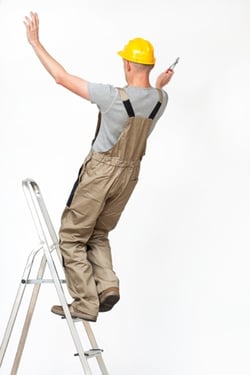 This is the final blog post addressing what OSHA has labeled the “fatal four.” The fatal four are four hazards that are responsible for 63.7% of all construction worker deaths.
This is the final blog post addressing what OSHA has labeled the “fatal four.” The fatal four are four hazards that are responsible for 63.7% of all construction worker deaths. Another way to save on
Another way to save on 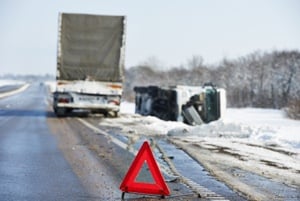 As a business owner, you wear many hats, but let’s face it, you can’t be an expert on every subject. Knowing the right questions to ask someone who is an expert is often key to running a successful business. How to find the best trucker’s liability insurance for your business is a good example.
As a business owner, you wear many hats, but let’s face it, you can’t be an expert on every subject. Knowing the right questions to ask someone who is an expert is often key to running a successful business. How to find the best trucker’s liability insurance for your business is a good example.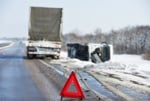 Another great way to save money on your insurance premiums is to work with an independent insurance agent like American Insuring Group. We will analyze pricing and coverage among many competing insurance carriers to deliver the right coverage at the best price for your particular needs.
Another great way to save money on your insurance premiums is to work with an independent insurance agent like American Insuring Group. We will analyze pricing and coverage among many competing insurance carriers to deliver the right coverage at the best price for your particular needs. 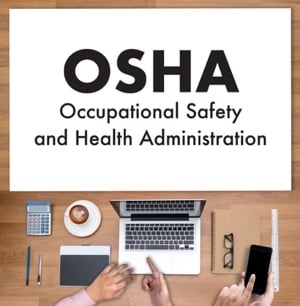 The Occupational Safety and Health Act (OSHA) has a lot of rules and regulations for business owners, and sometimes, those rules and regulations seem like nothing but a nuisance. However, not complying with them, can result in hefty fines.
The Occupational Safety and Health Act (OSHA) has a lot of rules and regulations for business owners, and sometimes, those rules and regulations seem like nothing but a nuisance. However, not complying with them, can result in hefty fines.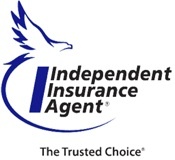 To learn how your business can save on workers compensation and all other commercial insurance costs, call our experienced independent agents at American Insuring Group at
To learn how your business can save on workers compensation and all other commercial insurance costs, call our experienced independent agents at American Insuring Group at 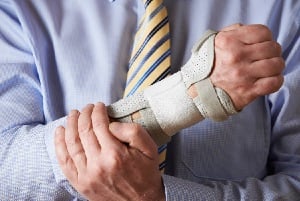 There is a very simple way to reduce health insurance and
There is a very simple way to reduce health insurance and 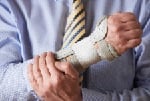 To learn more about properly protecting your business, give American Insuring Group a call at
To learn more about properly protecting your business, give American Insuring Group a call at 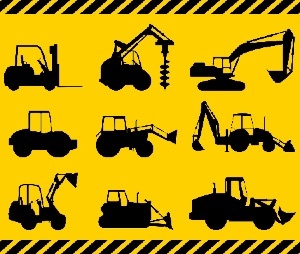 Whenever the Bureau of Labor Statistics (BLS) releases its list of the deadliest jobs in America, some type of construction work is on that list.
Whenever the Bureau of Labor Statistics (BLS) releases its list of the deadliest jobs in America, some type of construction work is on that list.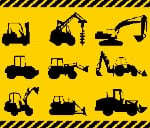 Unfortunately, accidents still happen, but the right insurance can help protect you and your employees if an injury does occur.
Unfortunately, accidents still happen, but the right insurance can help protect you and your employees if an injury does occur. 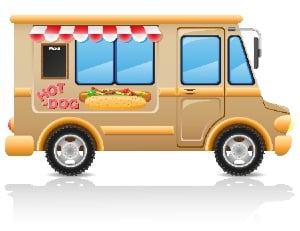 Food Trucks may have started as a big-city phenomenon, but their numbers are growing in big and small towns alike. While the restaurant industry continues to grow at a steady rate of approximately 2% each year, food trucks have increased at a rate of 7.9% annually over the past five years, according to
Food Trucks may have started as a big-city phenomenon, but their numbers are growing in big and small towns alike. While the restaurant industry continues to grow at a steady rate of approximately 2% each year, food trucks have increased at a rate of 7.9% annually over the past five years, according to  Having the protection offered by contractor’s Insurance just makes good business sense. Without it, one nasty lawsuit could put you out of business and your employees out of work. And don’t forget: some state and federal laws require certain types of insurance.
Having the protection offered by contractor’s Insurance just makes good business sense. Without it, one nasty lawsuit could put you out of business and your employees out of work. And don’t forget: some state and federal laws require certain types of insurance. As an insurance broker, American Insuring Group specializes in contractors insurance. We can ensure that you have insurance required by law, help you determine risks specific to your industry, and create the best insurance bundle to protect your business, all at a great price. Even Goldilocks would find our insurance to be "just right"!
As an insurance broker, American Insuring Group specializes in contractors insurance. We can ensure that you have insurance required by law, help you determine risks specific to your industry, and create the best insurance bundle to protect your business, all at a great price. Even Goldilocks would find our insurance to be "just right"!



